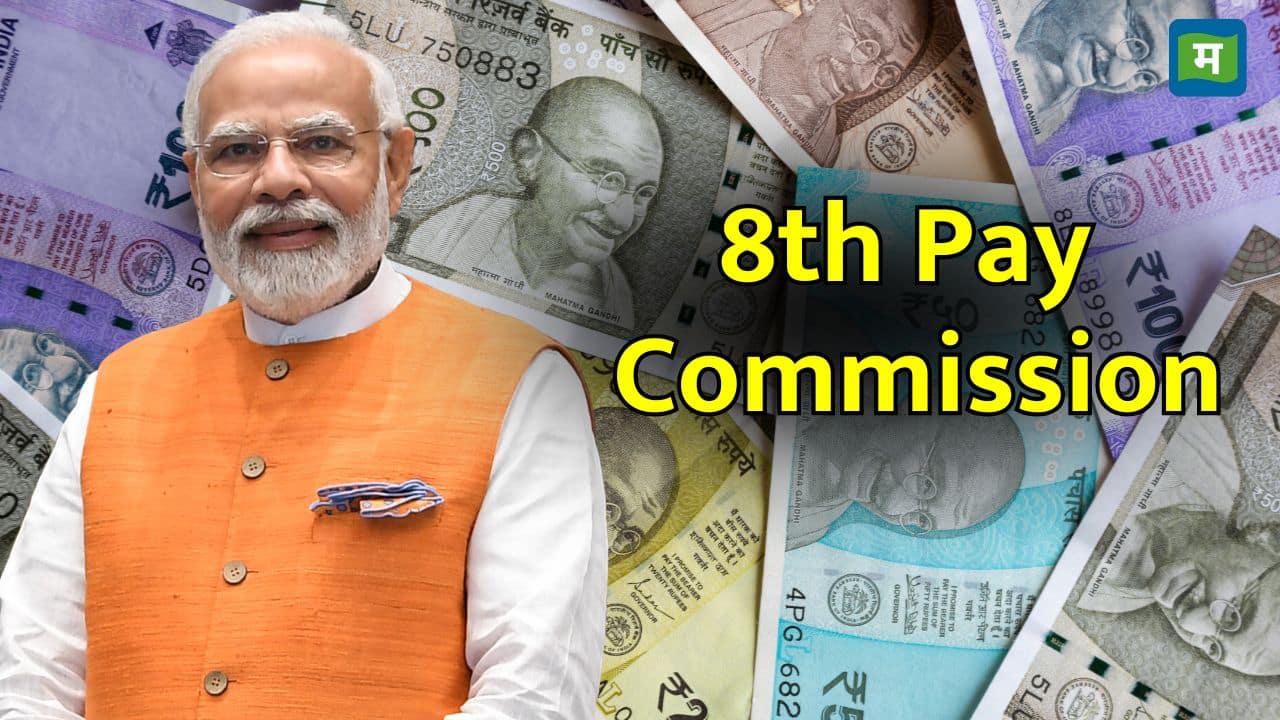
8th Pay Commission: Prime Minister Narendra Modi has approved the formation of the 8th Pay Commission. Its purpose is to revise the salary of 50 lakh central employees and allowances of 65 lakh pensioners. The time period of the current 7th Pay Commission is ending in 2026. Do you know when the first pay commission came? In the first pay commission, the minimum salary was Rs 55 and the maximum salary was Rs 2000. Know the history of all pay commissions here.
What is Pay Commission?
Pay Commissions are constituted by the Central Government from time to time to revise the salaries and other allowances of government employees. Their objective is to improve the salary structure of employees and provide them economic stability. So far seven pay commissions have been formed.
first pay commission
The first pay commission was constituted in 1946. Subsequently, other commissions were constituted in 1957, 1973, 1986, 1997, 2006 and 2014. Each pay commission has given recommendations after assessing the economic conditions, inflation and the standard of living of the employees.
Information about pay commissions till now
First Pay Commission (1946-1947)
Constituted soon after the country’s independence, this commission recommended reforms in the pay structure of government employees.
Chairman: Srinivas Varadacharya
Minimum salary: Rs 55 monthly
Maximum salary: Rs 2,000 monthly
Beneficiaries: About 15 lakh employees
Second Pay Commission (1957-1959)
It emphasized economic balance and improvement in living standards.
Chairman: Jagannath Das
Minimum salary: Rs 80 monthly
Beneficiaries: About 25 lakh employees
Third Pay Commission (1970-1973)
Focused on bringing equality in salaries in government and private sector.
Chairman: Raghubir Dayal
Minimum salary: Rs 185 monthly
Beneficiaries: Around 30 lakh employees
Fourth Pay Commission (1983-1986)
It sought to reduce pay disparities based on rank and introduced a performance based pay structure.
Chairman: P.N. Singhal
Minimum salary: Rs 750 monthly
Beneficiaries: More than 35 lakh employees
Fifth Pay Commission (1994–1997)
It addressed the impact of reducing the number of pay scales and inflation.
Chairman: Justice S. Ratnavel Pandian
Minimum salary: Rs 2,550 monthly
Beneficiaries: Around 40 lakh employees
Sixth Pay Commission (2006-2008)
It introduced ‘pay bands’ and ‘grade pay’ and emphasized performance based incentives.
Chairman: Justice BN Srikrishna
Minimum salary: Rs 7,000 monthly
Maximum salary: Rs 80,000 monthly
Beneficiaries: About 60 lakh employees
Seventh Pay Commission (2014-2016)
It replaced the grade pay system and introduced a new pay matrix. Also focused on allowances and pension.
Chairman: Justice A.K. Mathur
Minimum salary: Rs 18,000 monthly
Maximum salary: Rs 2,50,000 monthly
Employees and Pensioners: More than Rs 1 crore
Economic and social impact
The 8th Pay Commission will not only increase the income of government employees and pensioners, but it will also improve their lifestyle and financial security. Apart from this, this decision will help in increasing consumption in the market and strengthening the economic condition of the country.
Amitabh Bachchan sold apartment for Rs 83 crore, made profit of Rs 52 crore, know the specialty of the property